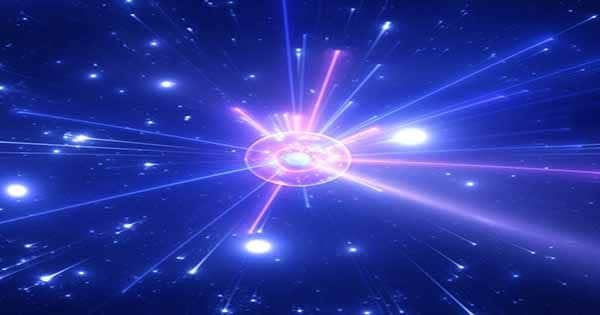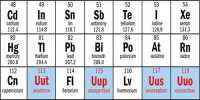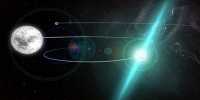A Hungarian physicist at the Atomki Institute has observed two examples of a mysterious particle dubbed X17, which points to the fifth force in nature, over the last two years. A test called NA64 in CRN is also looking for this particle and now new upgrades will help to further investigate the existence (or not) of this article. The scientists shoot a beam of tens of billions of electrons at a fixed target, In the NA64 experiment.
The collision between electrons and molecules on the target creates particles, which is probably something we have never seen before. So far, no trace of NA64 X 17 has been found, but no detection is effective. This tells the researchers that if the particle really exists, there are certain values for the energy of the interaction between X17 and the electron that can be omitted.
Sergei Gninenko, the spokesperson for the NA64 collaboration at CERN, said in a statement, “Atomic anomalies can be caused by an experimental effect, the effects of nuclear physics, or something completely new, such as a new particle. In order to test the hypothesis caused by these new particles, a detailed theoretical analysis of the compatibility between the beryllium-8 and helium-4 results in both separate experimental confirmations is important.”
Although many consider the existence of particles impossible, physicists have expressed excitement over the two detections. Detection is not predicted in the current theoretical landscape of particle physics, so if it does exist, it cannot gravitate through the four established forces of nature: gravity, electromagnetism, and strong and weak nuclear energy.
Jesse Thaler, a theoretical physicist from the Massachusetts Institute of Technology said, “By 2023, the LHCb test will be able to take a definite measure to validate or refute the interpretation of atomic anomalies as they emerge from a new fundamental force. In the meantime, experiments such as NA4 can exceed the potential values of the properties of the approximate particle, and each new analysis brings with it the possibility of discovery (but not remote).”
If the discovery is confirmed, it will be a complete change in basic physics. X17 and similar hypothesized particles are often referred to as dark photons, and some physicists believe that their existence is the key to explaining other still-confirmed theories, such as dark matter and dark energy.















